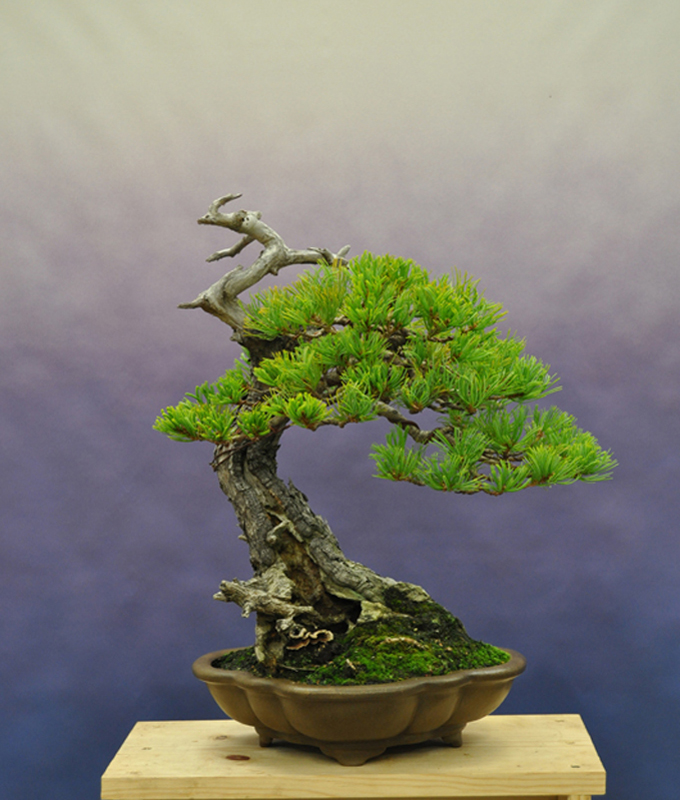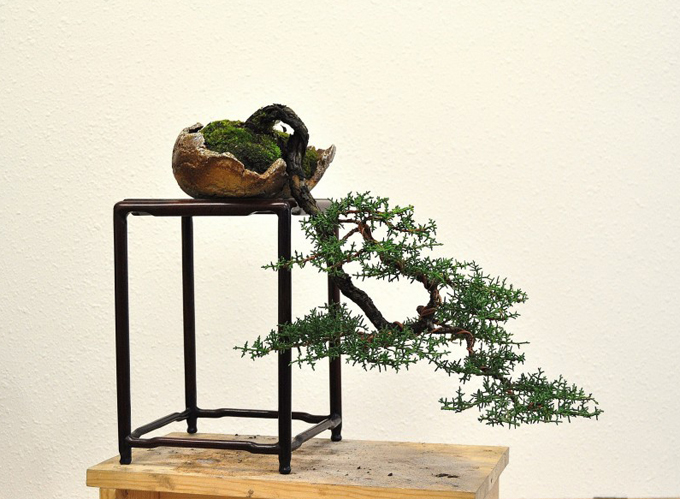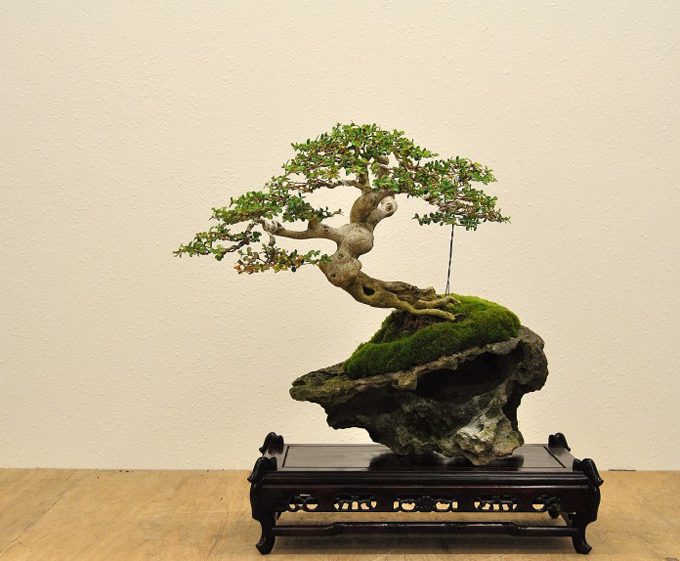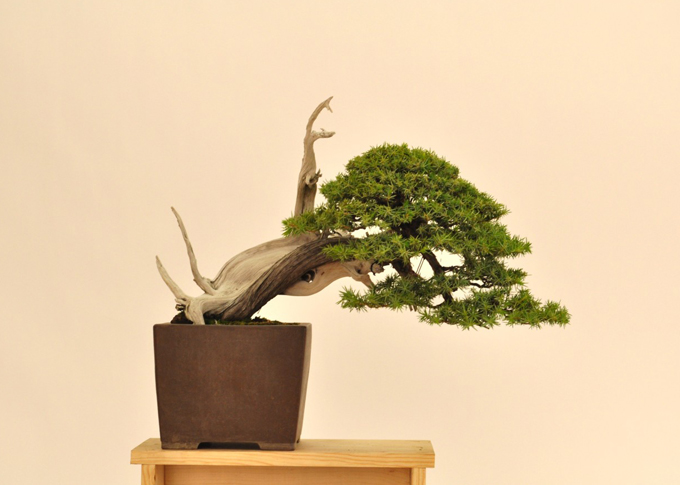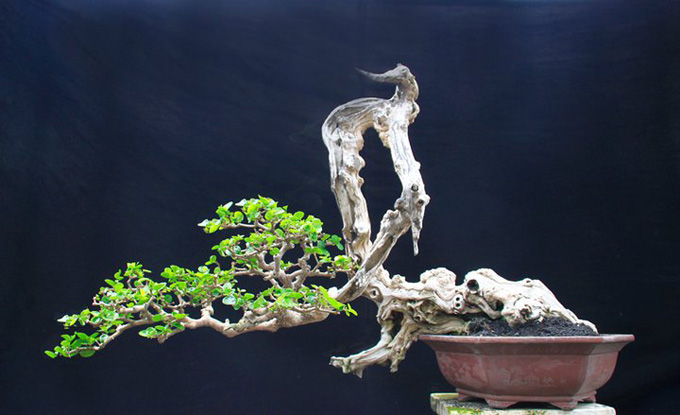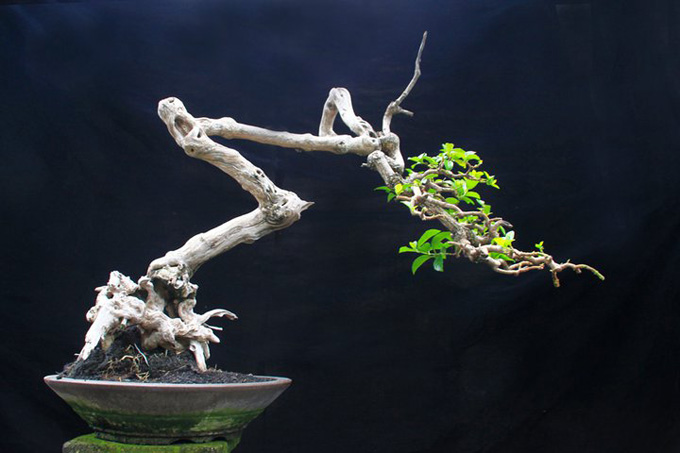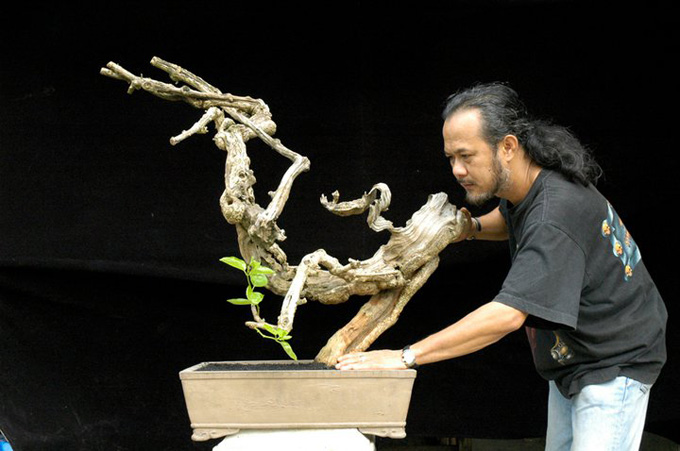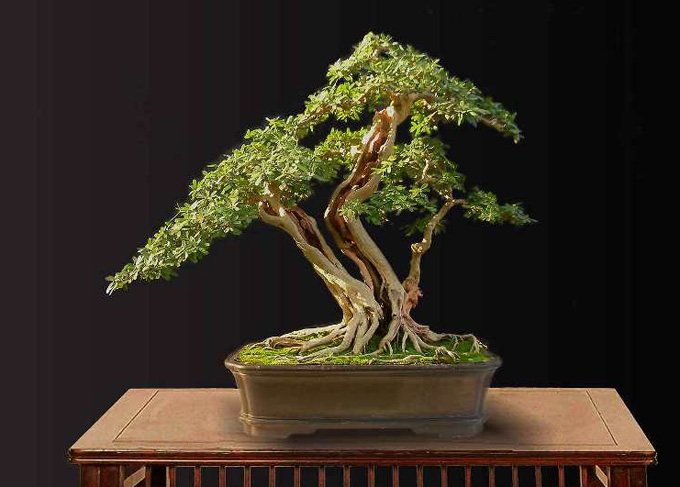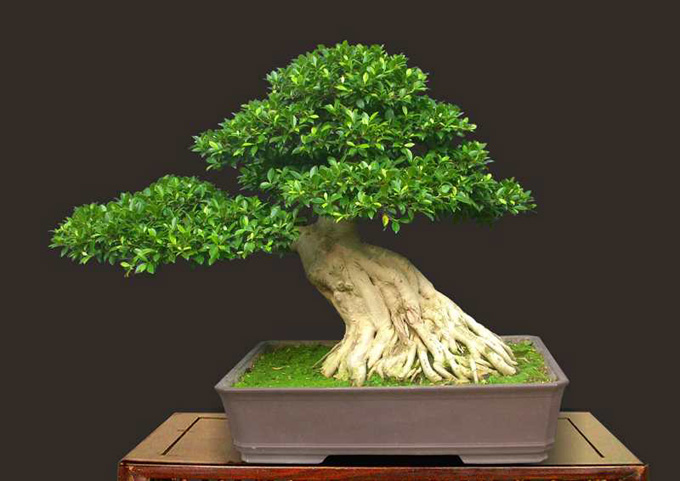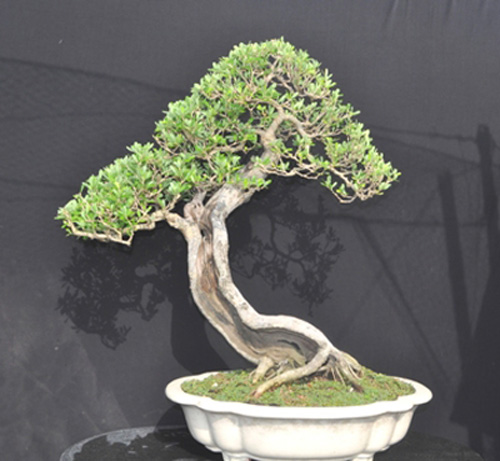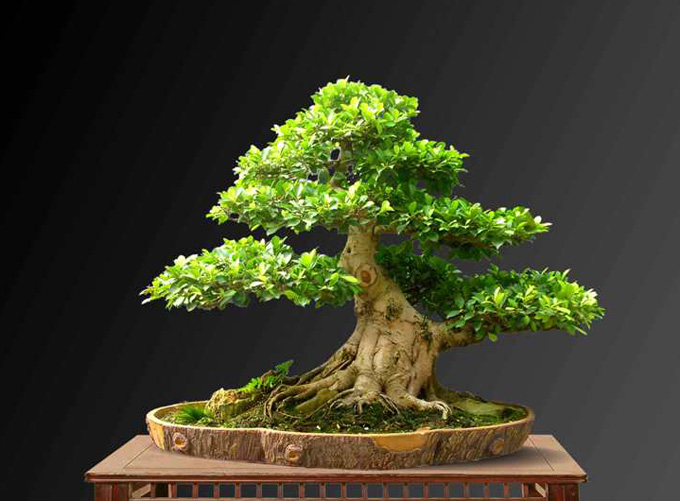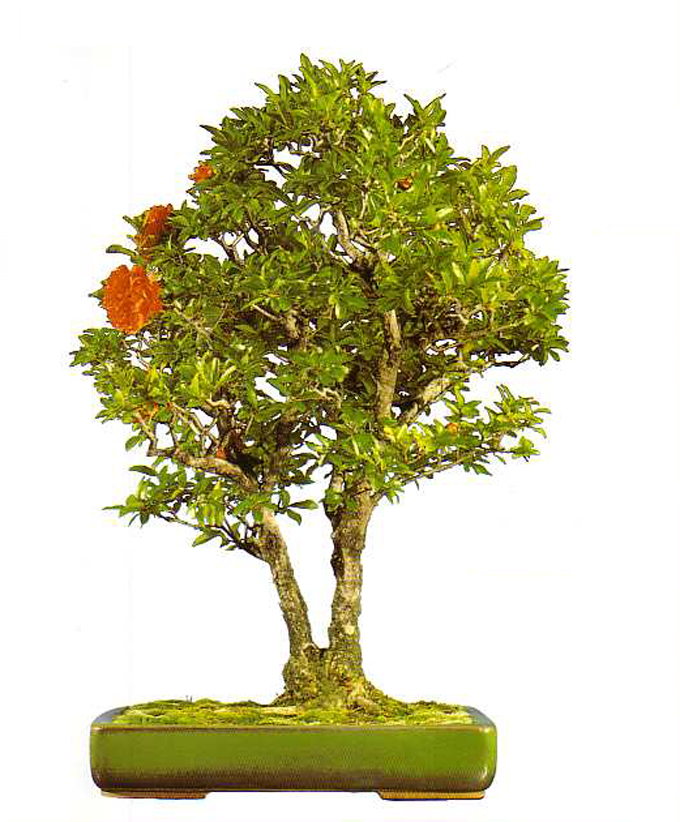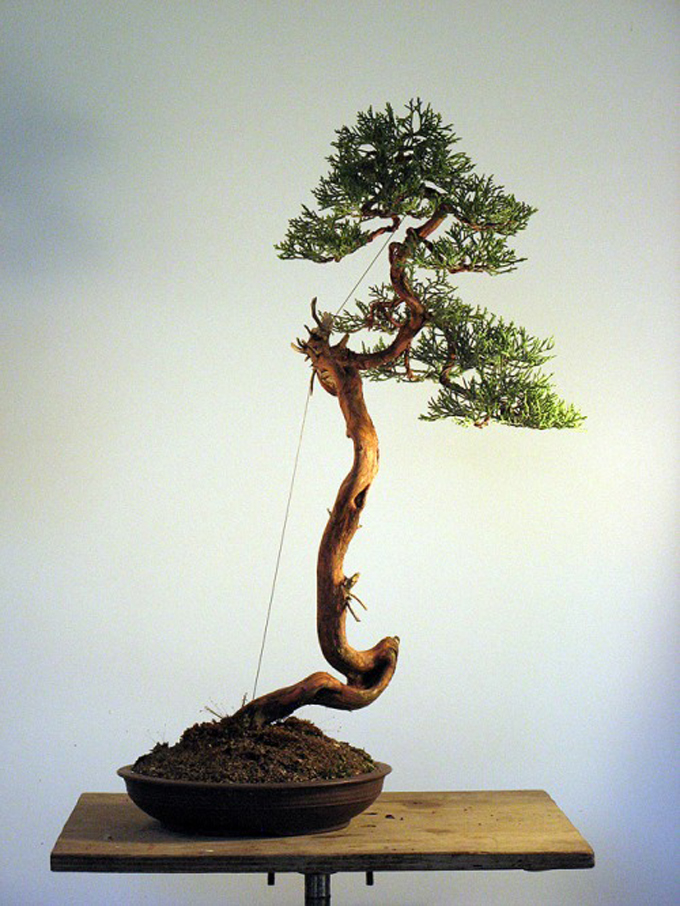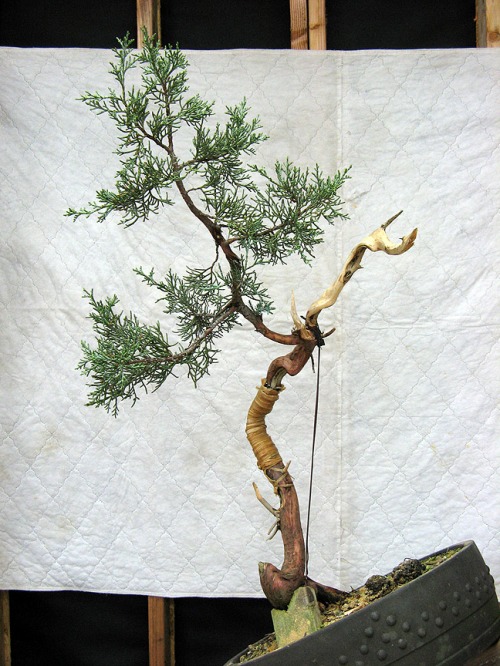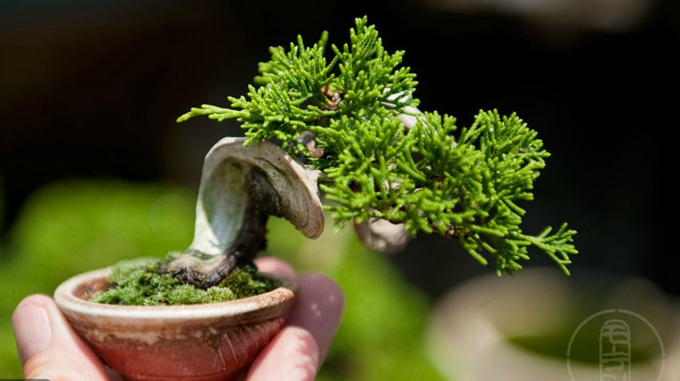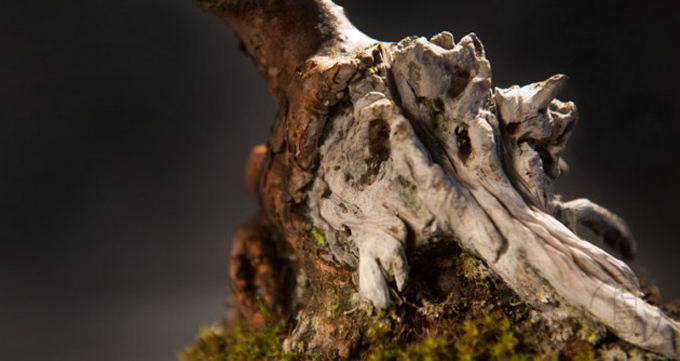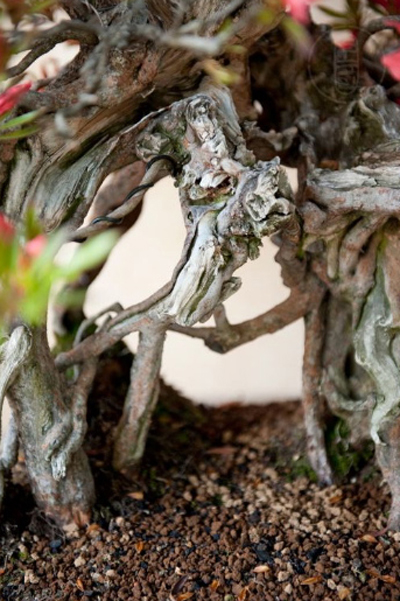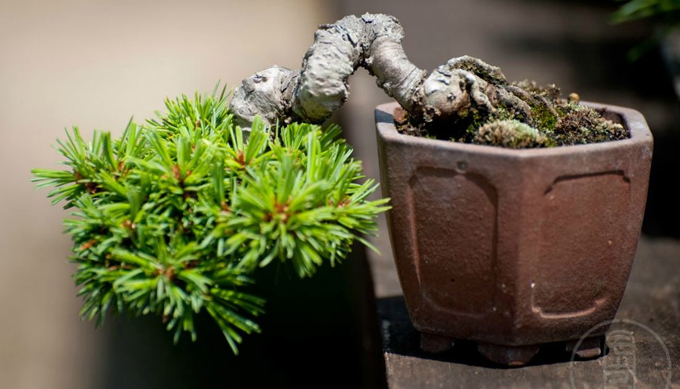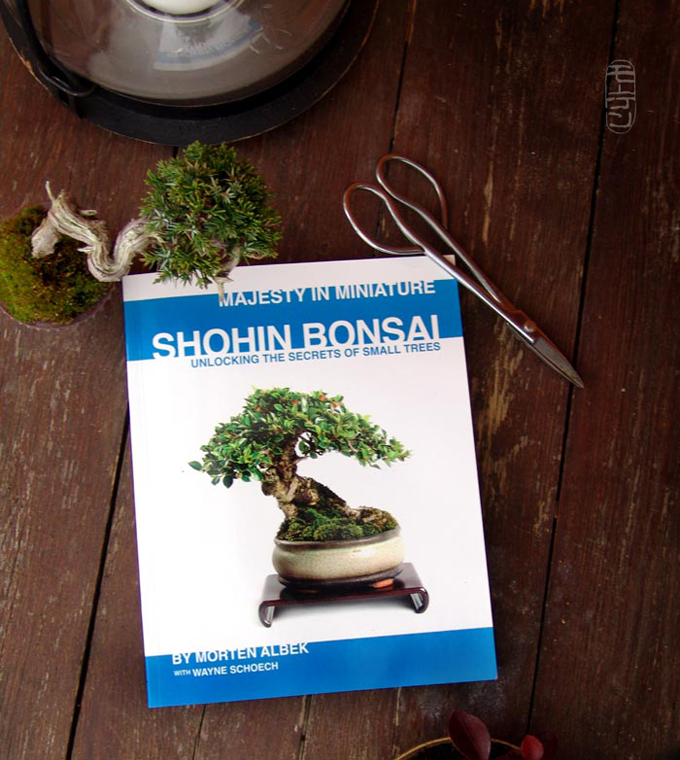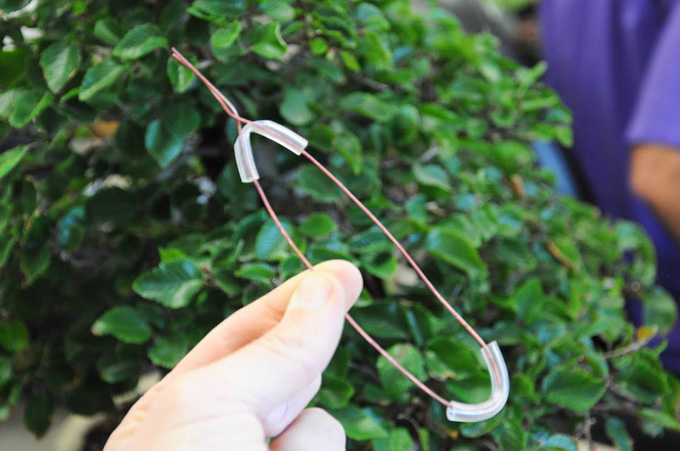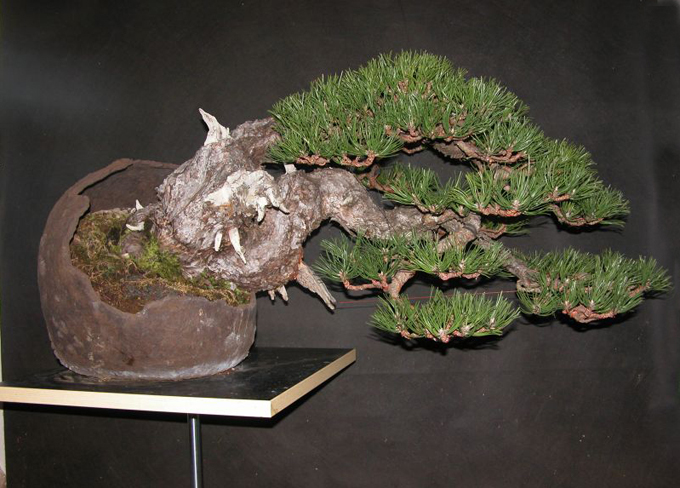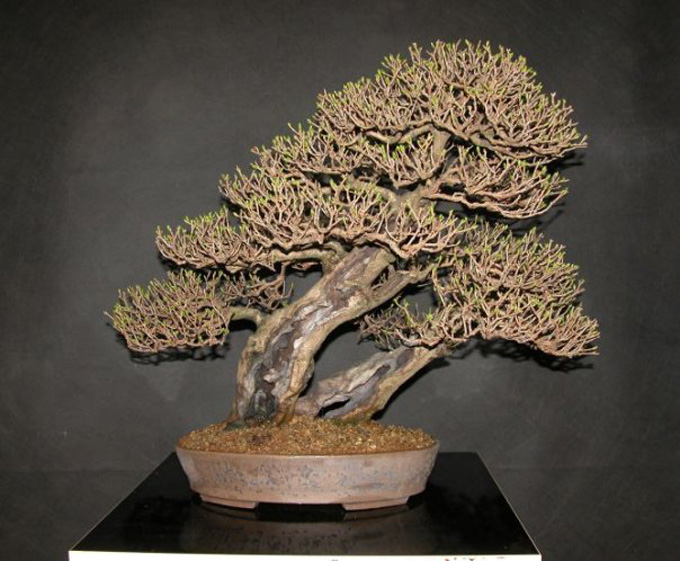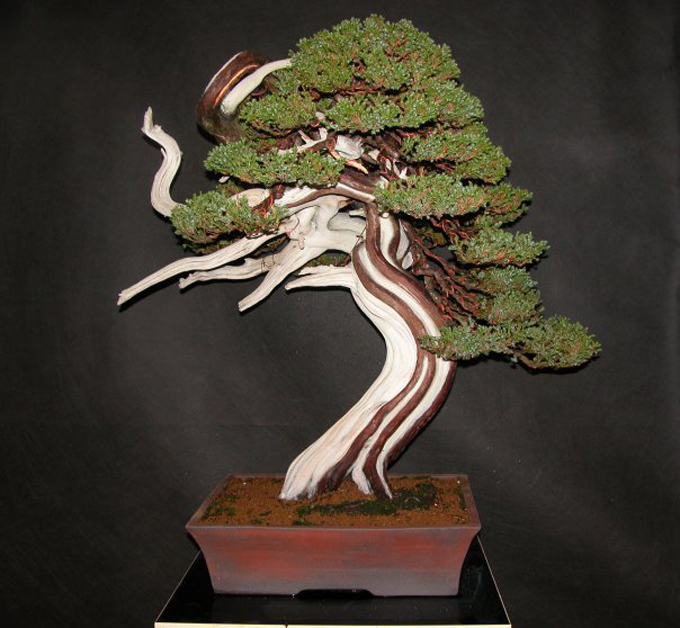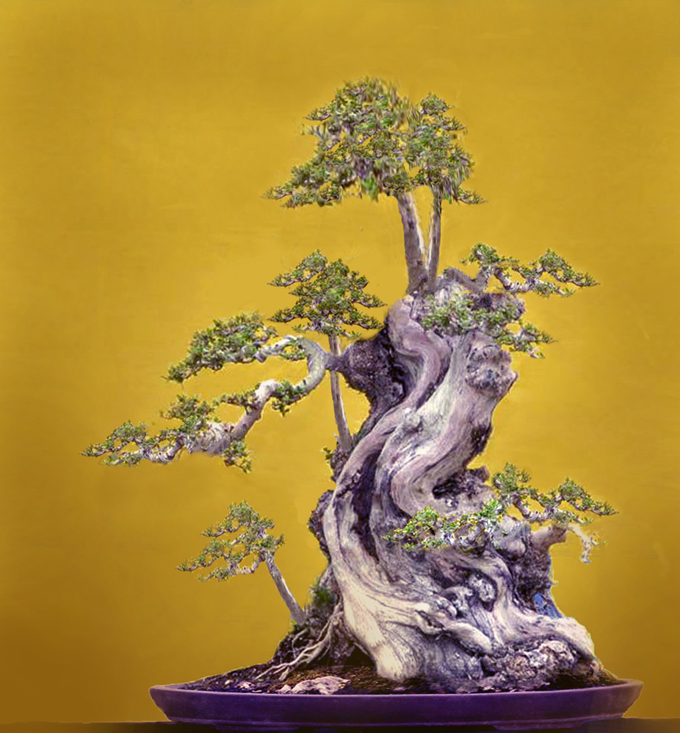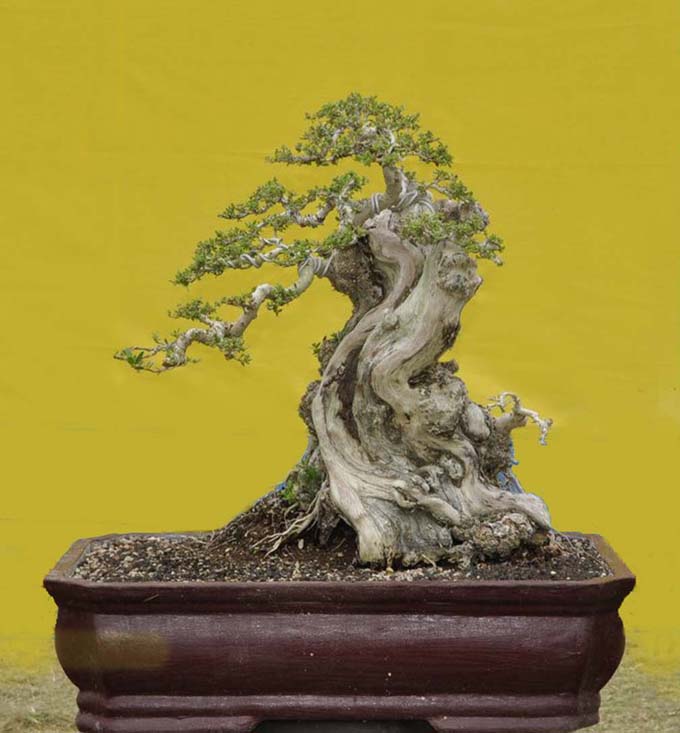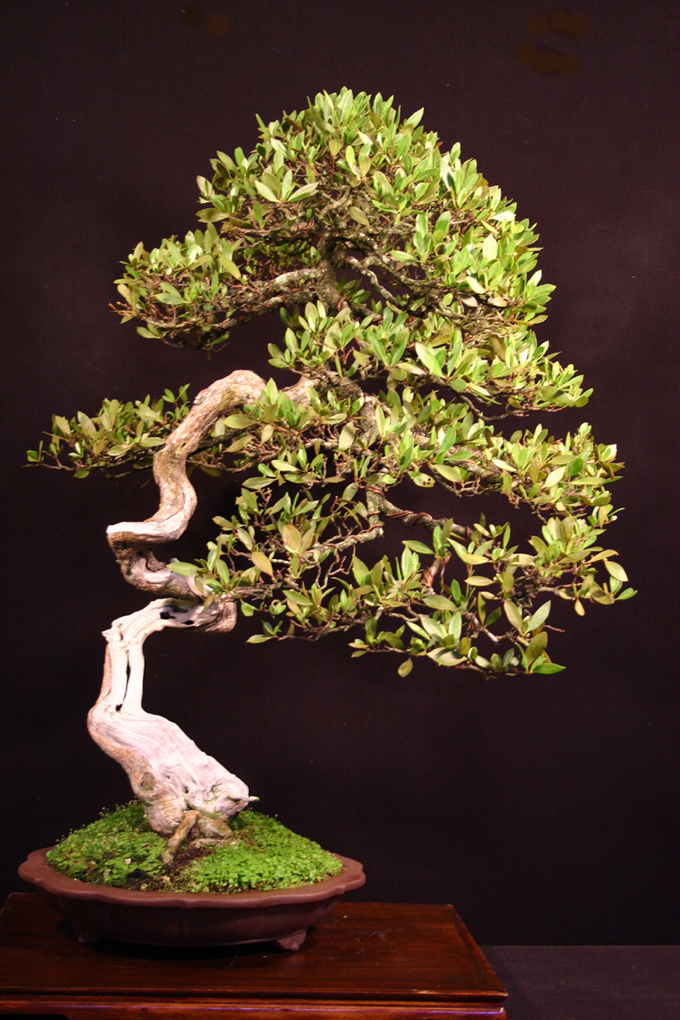 Buttonwood by Ed Trout. From The Art of Bonsai Project. Ed’s bonsai have been featured in Bonsai Today magazine (back issues now 40% off).
Buttonwood by Ed Trout. From The Art of Bonsai Project. Ed’s bonsai have been featured in Bonsai Today magazine (back issues now 40% off).
Our own amazing tropical bonsai
We’ve featured a lot of collected tropicals from Indonesia and vicinity. Much of this has to do with our connection with Robert Steven (Mr. High Energy Bonsai), one of the world’s foremost bonsai artists, authors, collectors and teachers. It also has to do with the fact that so many of the collected trees (mostly Premna and Pemphis) from that part of the world are so amazing. Now it’s time to feature some of our very own amazing collected tropical bonsai. Which brings us to Buttonwoods.
Buttonwood care
There’s lots of information on the web about buttonwoods and particularly their care (they have their very specific needs). Two good places to start are: Of Bonsai Magazine and Bonsai Mary’s. Meanwhile, we’ve gathered a few photos for your to enjoy.
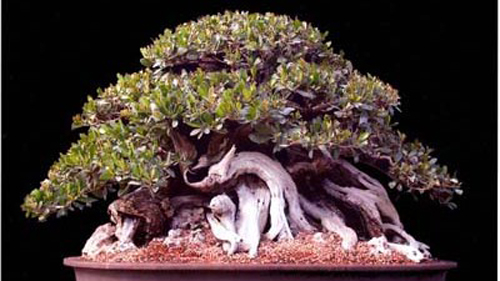 I found this monster by Jim Smith in the Of Bonsai Magazine. I couldn’t find any dimensions, but the article on Buttonwoods that accompanies the photo is very thorough. BTW: Jim Smith is the original American tropical bonsai guru. Jim’s nursery (Dura-Stone) is in Vero Beach, Florida.
I found this monster by Jim Smith in the Of Bonsai Magazine. I couldn’t find any dimensions, but the article on Buttonwoods that accompanies the photo is very thorough. BTW: Jim Smith is the original American tropical bonsai guru. Jim’s nursery (Dura-Stone) is in Vero Beach, Florida.
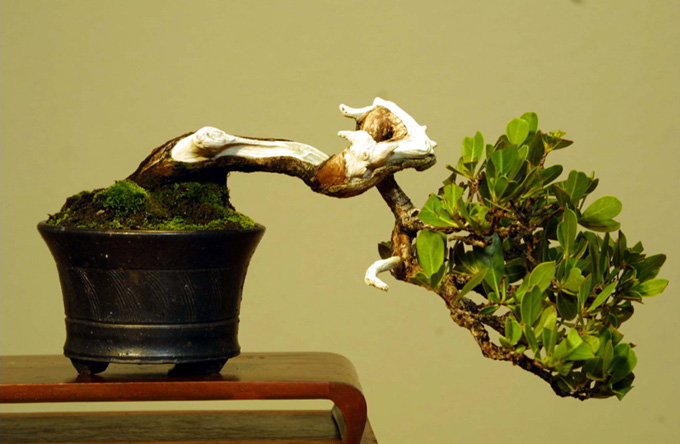 Mother Nature’s handiwork, with a little help from Robert Kempinski. From the Art of Bonsai Project. Robert is the author of Introduction to Bonsai (discounted at Stone Lantern).
Mother Nature’s handiwork, with a little help from Robert Kempinski. From the Art of Bonsai Project. Robert is the author of Introduction to Bonsai (discounted at Stone Lantern).
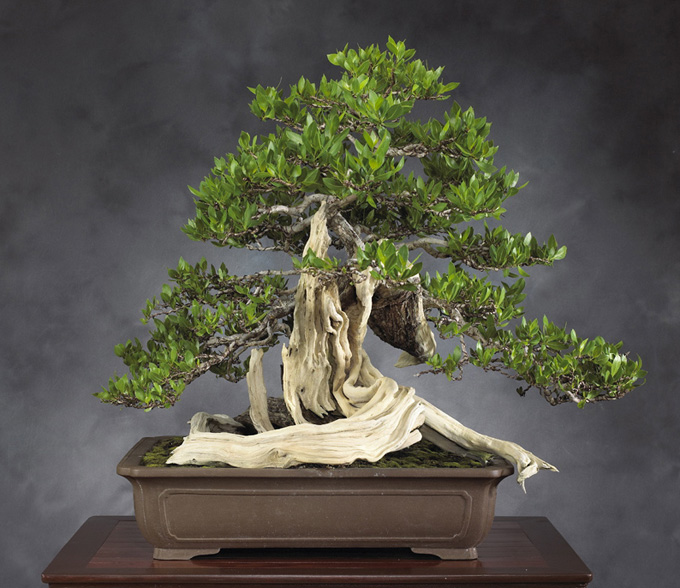 This wild unique tree could only be a buttonwood. Also by Robert Kempinski from the Art of Bonsai Project.
This wild unique tree could only be a buttonwood. Also by Robert Kempinski from the Art of Bonsai Project.
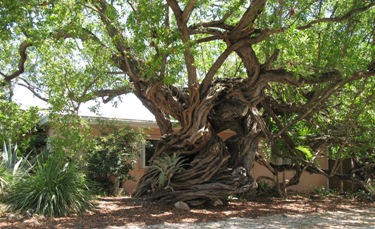 They aren’t all small enough for bonsai. This photo is from Bonsai Mary’s website.
They aren’t all small enough for bonsai. This photo is from Bonsai Mary’s website.
